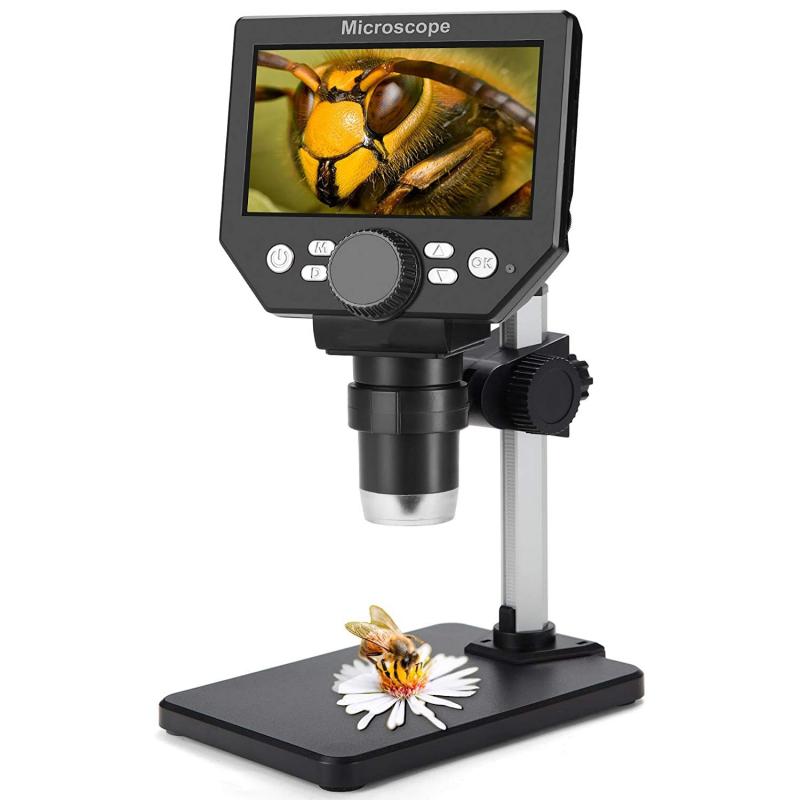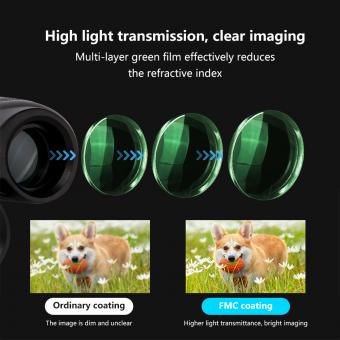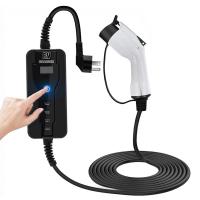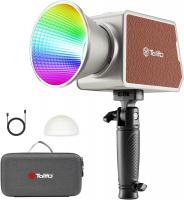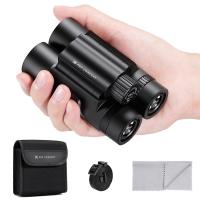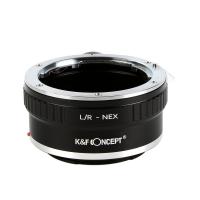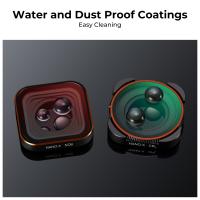Instructions On How To Use A Microscope ?
To use a microscope, first, ensure that it is placed on a stable surface. Then, turn on the microscope's light source and adjust the intensity as needed. Next, place the specimen you want to observe on the microscope's stage and secure it using the stage clips or slide holder.
Start with the lowest magnification objective lens and use the coarse focus knob to bring the specimen into rough focus. Once the specimen is visible, use the fine focus knob to bring it into sharp focus. Adjust the condenser and diaphragm to optimize the lighting conditions.
To change the magnification, rotate the nosepiece to switch to a higher power objective lens. Remember to refocus using the fine focus knob after changing the magnification.
While observing the specimen, you can also adjust the stage controls to move the specimen horizontally or vertically to explore different areas. Additionally, you can use the microscope's built-in features like the mechanical stage, filters, or polarizers, depending on the specific microscope model.
Finally, when you are finished, turn off the light source, lower the stage, and cover the microscope with its dust cover to protect it.
1、 Microscope parts and their functions
1. Eyepiece: The eyepiece, also known as the ocular lens, is the part you look through to observe the specimen. It typically magnifies the image by 10x.
2. Objective lenses: Microscopes have multiple objective lenses with different magnification powers, such as 4x, 10x, 40x, and 100x. These lenses are responsible for magnifying the specimen.
3. Stage: The stage is a flat platform where you place the specimen for observation. It usually has clips or a mechanical stage to hold the slide in place.
4. Coarse and fine focus knobs: The coarse focus knob is used to initially focus the specimen by moving the stage up and down. The fine focus knob is used for precise focusing.
5. Condenser: The condenser is located beneath the stage and helps focus the light onto the specimen. It can be adjusted to control the amount of light passing through the specimen.
6. Diaphragm: The diaphragm is located within the condenser and controls the amount of light passing through the specimen. Adjusting the diaphragm can enhance contrast and clarity.
7. Light source: Microscopes can have different types of light sources, such as a built-in lamp or a mirror to reflect external light onto the specimen.
Instructions on how to use a microscope:
1. Place the microscope on a stable surface and plug in the power source if applicable.
2. Turn on the light source and adjust the intensity as needed.
3. Place the specimen on the stage and secure it with the clips or mechanical stage.
4. Start with the lowest magnification objective lens (usually 4x) and position it above the specimen.
5. Look through the eyepiece and use the coarse focus knob to bring the specimen into rough focus.
6. Use the fine focus knob to bring the specimen into sharp focus.
7. If needed, adjust the condenser and diaphragm to optimize the lighting and contrast.
8. Once you have observed the specimen at the lowest magnification, switch to higher magnification objective lenses to examine the details.
9. When finished, turn off the light source and unplug the microscope if applicable. Clean the lenses and stage with lens paper or a soft cloth.
It is important to note that these instructions may vary slightly depending on the specific microscope model. Always refer to the manufacturer's manual for detailed instructions.
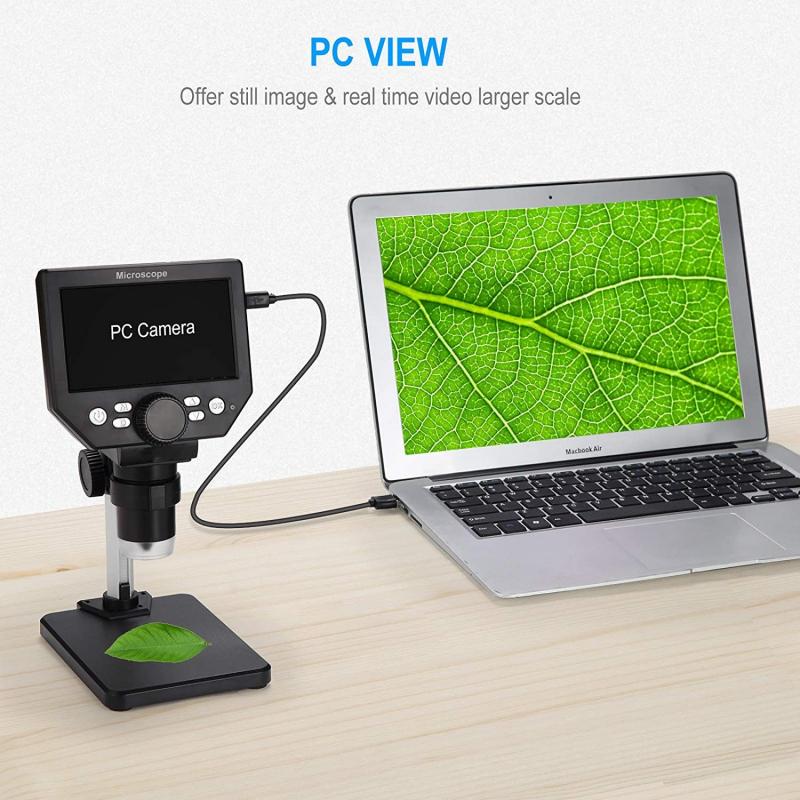
2、 Setting up a microscope for use
1. Choose a suitable location: Find a clean, well-lit area with a stable surface to place the microscope. Avoid areas with excessive vibrations or direct sunlight, as they can affect the quality of your observations.
2. Clean the microscope: Use a soft, lint-free cloth to wipe down the microscope and remove any dust or debris. Pay special attention to the lenses, as even small particles can affect the clarity of your images.
3. Plug in the microscope: Connect the power cord to a reliable power source and ensure that the microscope is properly grounded. Some microscopes may also require batteries, so make sure they are fully charged or replaced if necessary.
4. Adjust the eyepieces: Most microscopes have adjustable eyepieces to accommodate different users. Set the eyepieces at a comfortable distance for your eyes and adjust the diopter settings to achieve a clear image.
5. Prepare your specimen: Place your specimen on a clean glass slide and cover it with a coverslip if necessary. Ensure that the specimen is properly positioned and secured to prevent movement during observation.
6. Adjust the focus: Start with the lowest magnification objective lens and use the coarse focus knob to bring the specimen into rough focus. Then, use the fine focus knob to sharpen the image. Repeat this process as you switch to higher magnification lenses.
7. Observe and record: Look through the eyepieces and adjust the lighting as needed to enhance the visibility of your specimen. Take note of any interesting features or structures and record your observations using a notebook or digital imaging software.
Remember to follow any specific instructions provided by the manufacturer for your particular microscope model. Additionally, always handle the microscope with care to avoid damaging the delicate components.
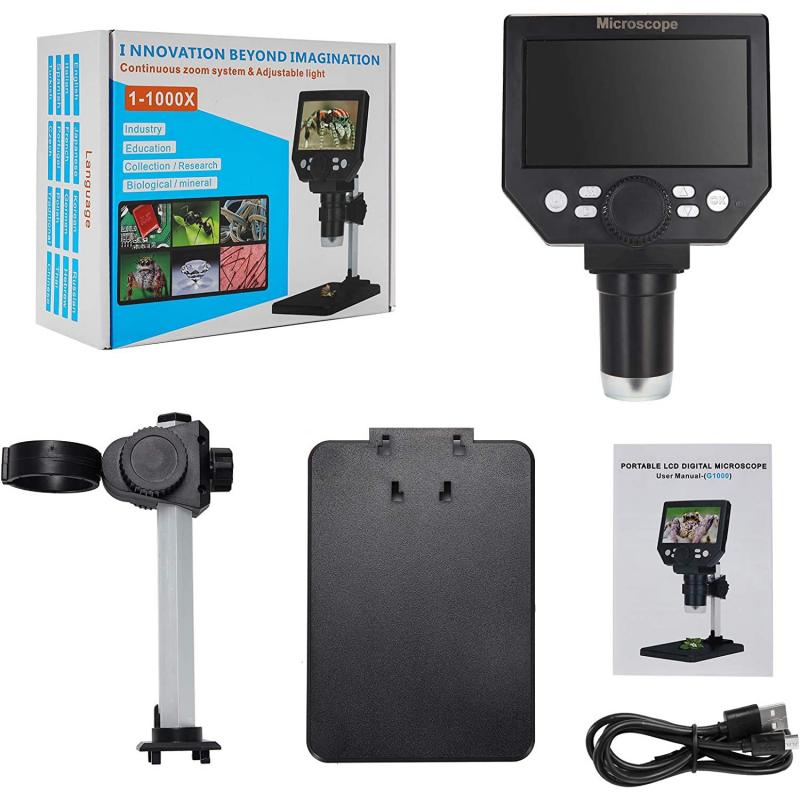
3、 Adjusting focus and magnification on a microscope
Adjusting focus and magnification on a microscope is a crucial skill that allows scientists, researchers, and students to observe and analyze microscopic specimens with precision. Here are step-by-step instructions on how to use a microscope effectively:
1. Set up the microscope: Place the microscope on a stable surface and ensure it is properly plugged in or has fresh batteries. Adjust the light source to provide optimal illumination.
2. Prepare the specimen: Place the specimen on a clean glass slide and cover it with a coverslip. Ensure the specimen is positioned in the center of the slide for easy viewing.
3. Start with low magnification: Begin by using the lowest magnification objective lens (usually 4x or 10x). Rotate the nosepiece to select the desired lens.
4. Adjust the stage: Use the coarse adjustment knob to lower the stage until the objective lens is close to the slide. Look through the eyepiece and use the coarse adjustment knob to raise the stage until the specimen comes into view.
5. Refine the focus: Use the fine adjustment knob to sharpen the focus. Slowly turn the knob until the specimen appears clear and in focus. If necessary, slightly adjust the stage height using the coarse adjustment knob.
6. Increase magnification: To increase magnification, rotate the nosepiece to select a higher power objective lens (e.g., 40x or 100x). Refocus using the fine adjustment knob.
7. Use the condenser: Adjust the condenser, located beneath the stage, to control the amount of light passing through the specimen. For higher magnifications, increase the condenser's height to enhance image clarity.
8. Take precautions: Avoid touching the objective lenses or the glass slide with your fingers. Use the mechanical stage controls to move the slide horizontally or vertically.
9. Clean up: After use, turn off the microscope and unplug it if necessary. Wipe the lenses and stage with lens paper to remove any residue.
It is important to note that different microscopes may have slight variations in their controls and features. Therefore, it is always advisable to consult the manufacturer's instructions for specific details on operating your microscope model.
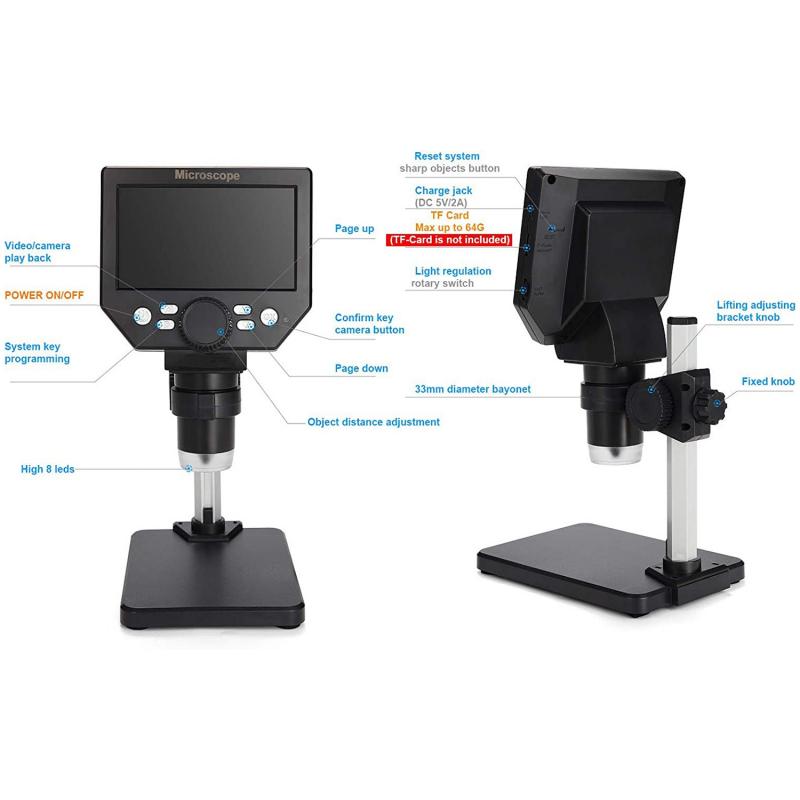
4、 Proper handling and care of a microscope
Proper handling and care of a microscope is essential to ensure accurate and reliable observations, as well as to prolong the lifespan of the instrument. Here are some instructions on how to use and maintain a microscope:
1. Setting up the microscope: Start by placing the microscope on a stable and level surface. Ensure that the light source is properly positioned and adjusted for optimal illumination.
2. Slide preparation: Prepare your specimen by placing it on a clean glass slide and covering it with a coverslip. Avoid using excessive amounts of liquid to prevent damage to the microscope's lenses.
3. Adjusting the focus: Begin with the lowest magnification objective lens and use the coarse focus knob to bring the specimen into rough focus. Then, use the fine focus knob to achieve a clear and sharp image.
4. Changing magnification: To switch to a higher magnification, rotate the nosepiece to select the desired objective lens. Remember to refocus using the fine focus knob after changing magnification.
5. Proper handling: Always carry the microscope with both hands, one on the arm and the other supporting the base. Avoid placing excessive pressure on the stage or the lenses.
6. Cleaning the lenses: Use lens paper or a soft, lint-free cloth to gently clean the objective lenses and eyepieces. Avoid using harsh chemicals or touching the lenses with your fingers.
7. Storage: When not in use, cover the microscope with a dust cover to protect it from dust and debris. Store it in a clean and dry environment, away from direct sunlight or extreme temperatures.
8. Regular maintenance: Follow the manufacturer's guidelines for routine maintenance, such as lubricating moving parts and checking for loose screws. If any issues arise, consult the microscope's manual or contact a professional technician for assistance.
It is important to note that these instructions may vary slightly depending on the specific model and type of microscope being used. Always refer to the manufacturer's instructions for the most accurate and up-to-date information.
